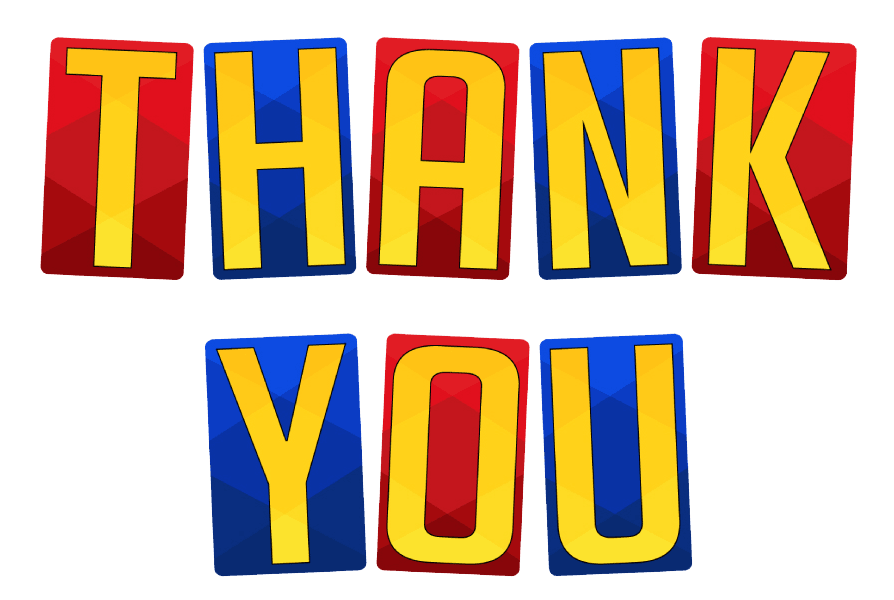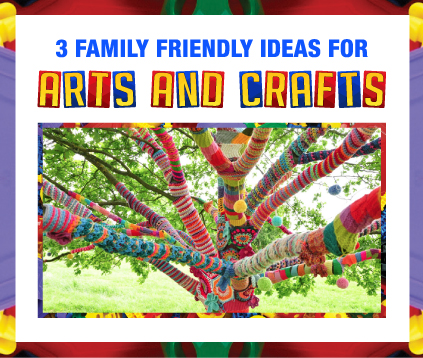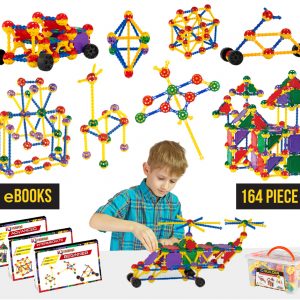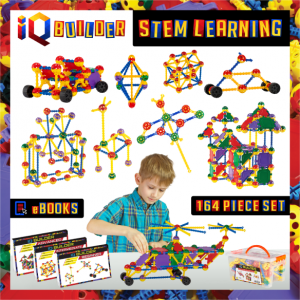
STEM-Blending Art with STEM
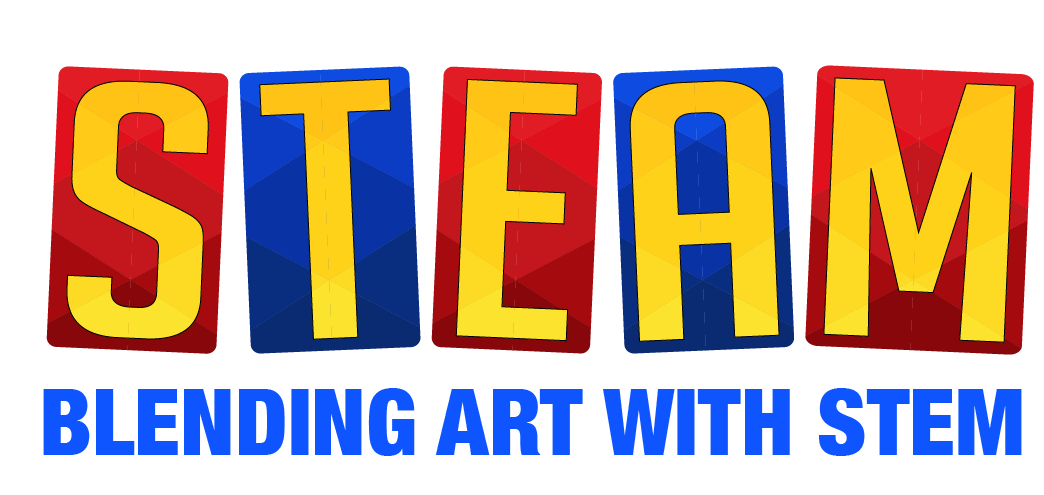
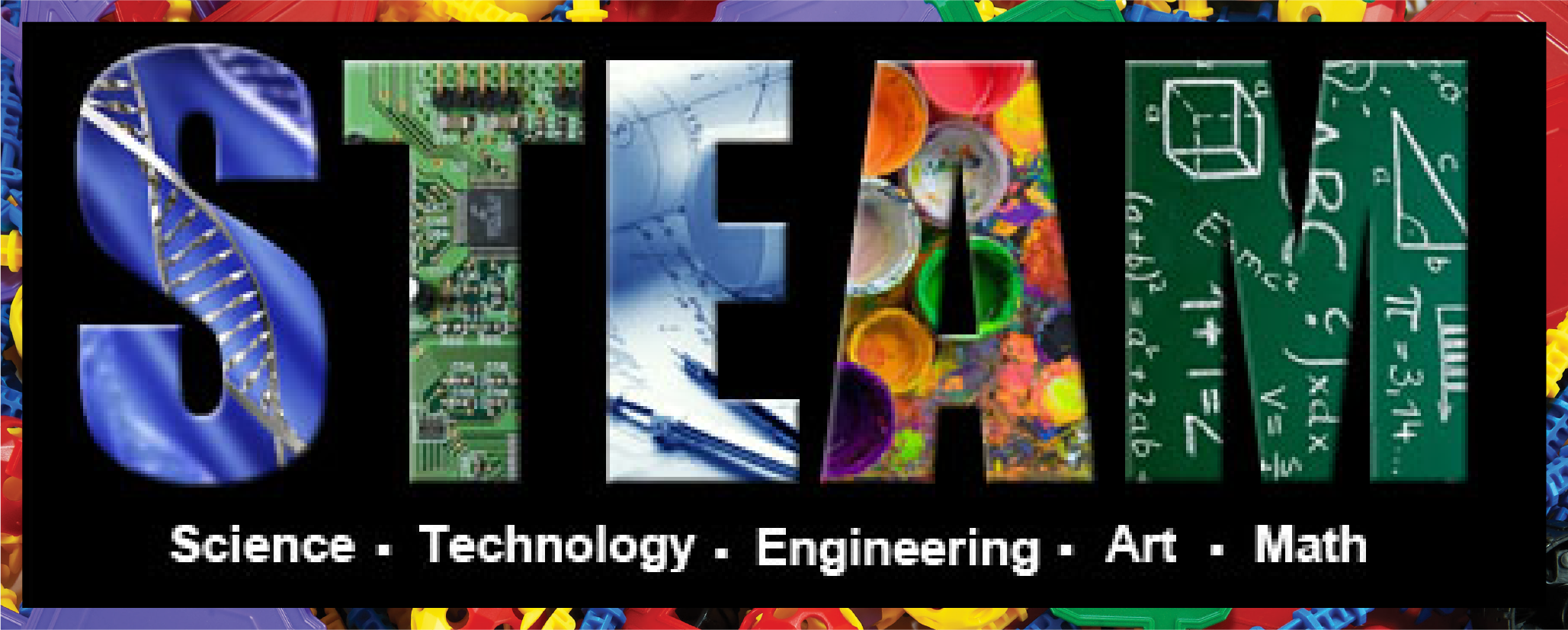
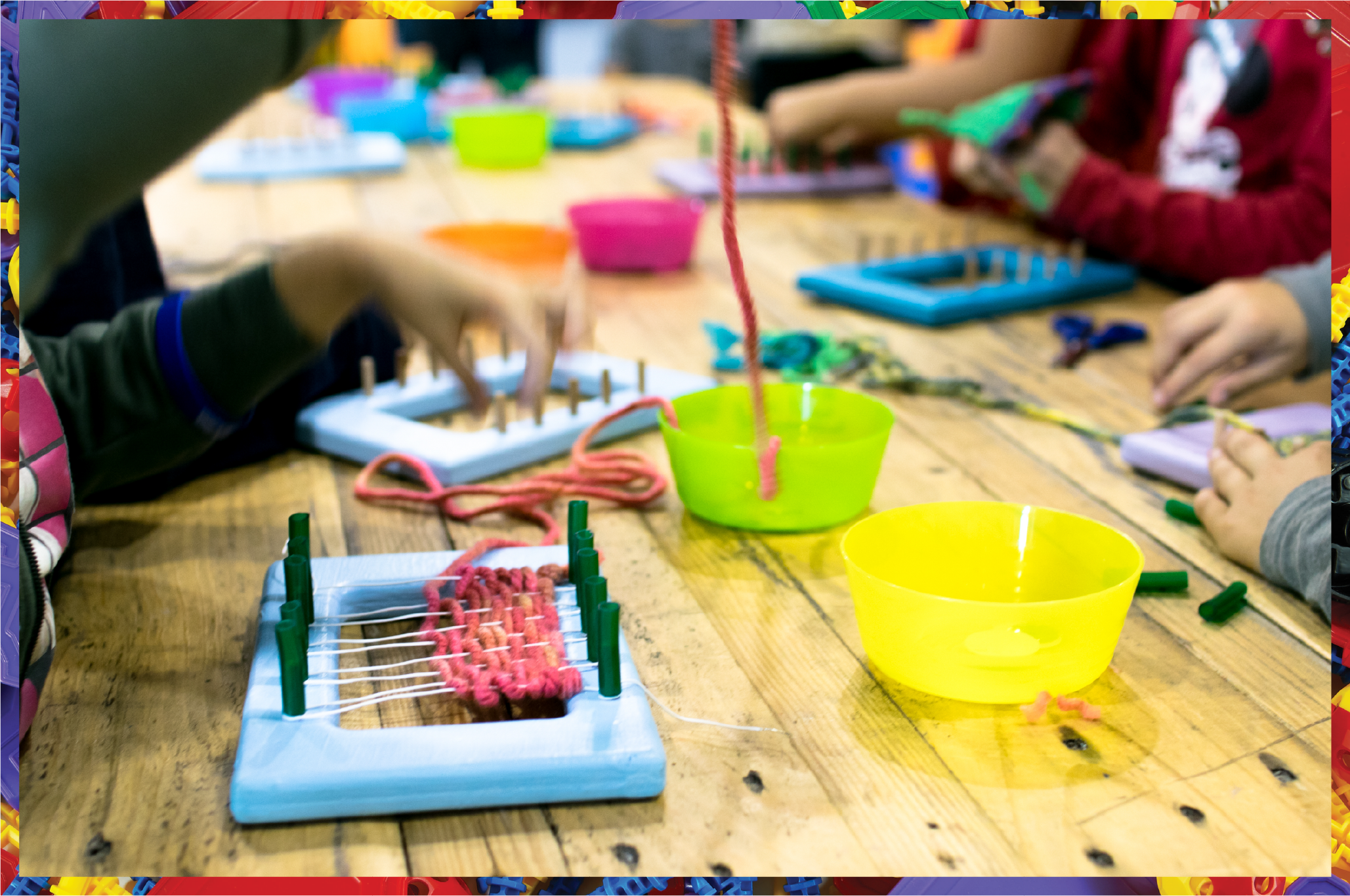
HOW DOES STEAM WORK IN CLASSROOMS?
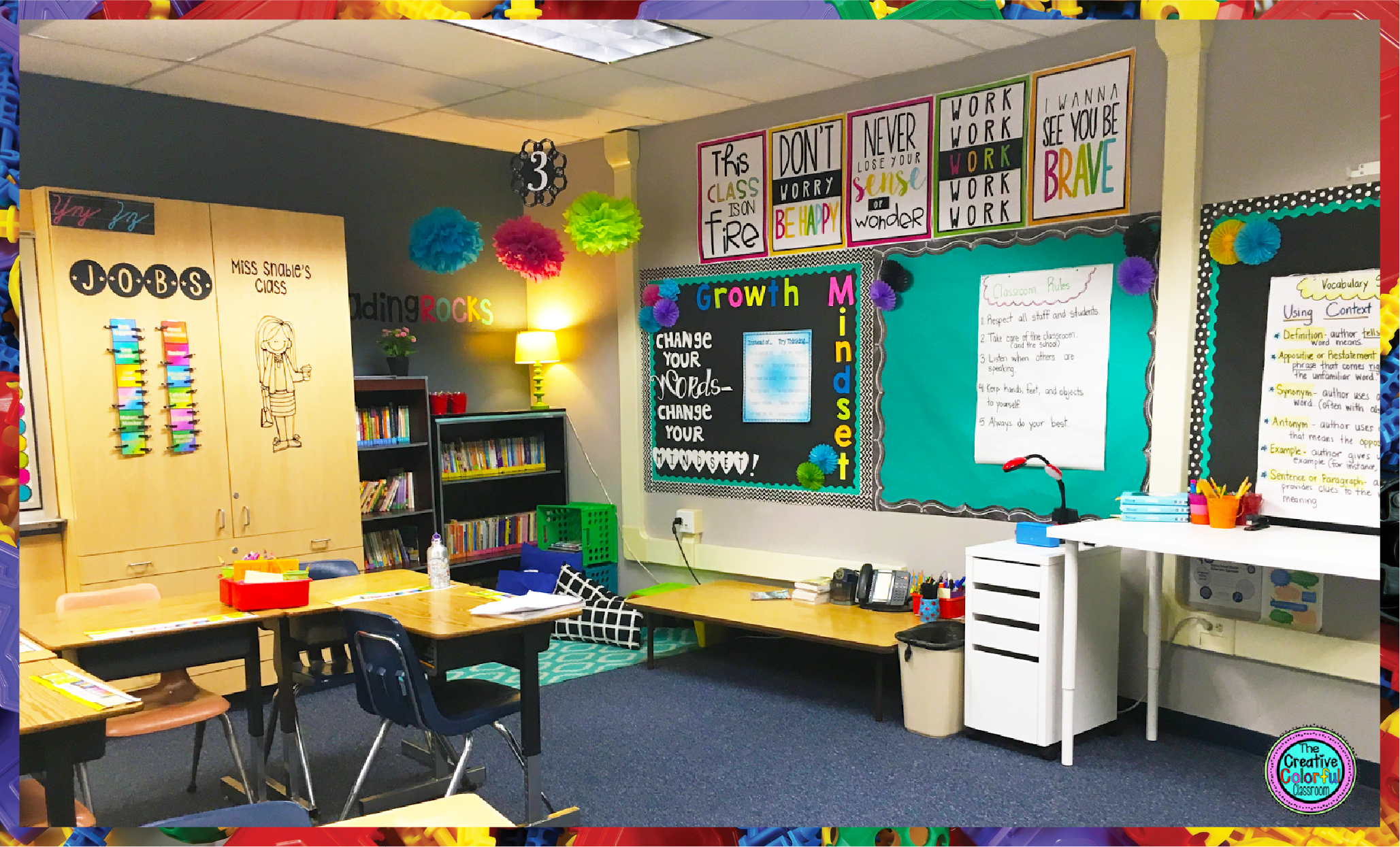
STEAM IS THE REQUIREMENT OF THE FUTURE
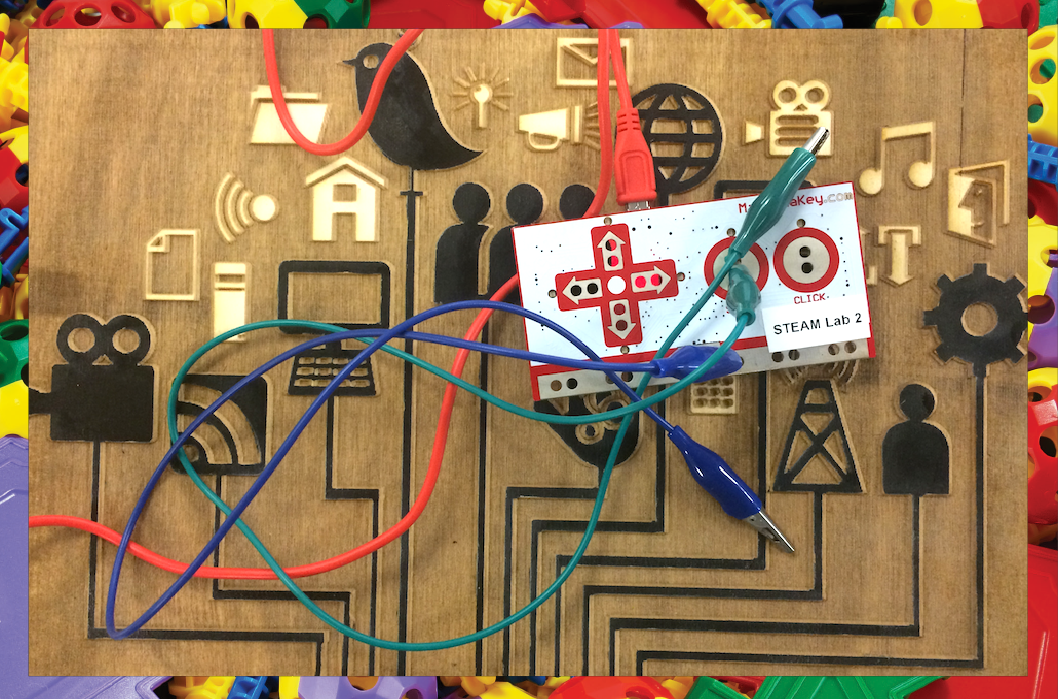
School Beats, a recognized curriculum of Education Through Entertainment & Arts Partnership, uses trending culture as the means for learning STEAM concepts. This program gives students hands on experience running an entertainment company to teach them about the different aspects of team work and knowledge application. At DeSoto West Middle School‘ iSTEAM3D Magnet Academy, students are using the MakerBot Replicator 2 desktop 3D
printers. From using mathematics to engineer bridges to designing houses with working lights and water inlets, these students are using this software to build cities instead of just learning about them. The houses designed using the 3D printers can help minimize homelessness across the globe in the future.
Innovative toys and gadgets these days are getting kids excited about STEAM. Makey Makey, for example allows kids to build banana pianos, learn through game controllers and explore creative technology to build something unconventional. The shift from STEM to STEAM is essential as it changes the way kids see and perceive these subjects so they use technology like any art tool.
As John Dewey said, ‘Every great advance in science has issued from a new audacity of the imagination.” This is the aim of the STEAM movement: to inspire kids so the young designers building a banana piano today could design a new musical instrument tomorrow.
School Beats, a recognized curriculum of Education Through Entertainment & Arts Partnership, uses trending culture as the means for learning STEAM concepts. This program gives students hands on experience running an entertainment company to teach them about the different aspects of team work and knowledge application. At DeSoto West Middle School‘ iSTEAM3D Magnet Academy, students are using the MakerBot Replicator 2 desktop 3D printers. From using mathematics to engineer bridges to designing houses with working lights and water inlets, these students are using this software to build cities instead of just learning about them. The houses designed using the 3D printers can help minimize homelessness across the globe in the future.
Innovative toys and gadgets these days are getting kids excited about STEAM. Makey Makey, for example allows kids to build banana pianos, learn through game controllers and explore creative technology to build something unconventional. The shift from STEM to STEAM is essential as it changes the way kids see and perceive these subjects so they use technology like any art tool.
As John Dewey said, ‘Every great advance in science has issued from a new audacity of the imagination.” This is the aim of the STEAM movement: to inspire kids so the young designers building a banana piano today could design a new musical instrument tomorrow.
References
https://education.cu-portland.edu/blog/classroom-resources/benefits-of-teaching-steam/
https://elearninginfographics.com/steam-not-just-stem-education-infographic/
http://www.steamcurriculum.com/vibe.html
https://edtechmagazine.com/k12/article/2014/04/schools-shift-stem-steam
https://educationcloset.com/steam/steam-resources-for-any-classroom/
http://www.stemedcoalition.org/
https://thesteamacademy.wordpress.com/
https://www.microsoft.com/en-us/education/education-workshop/default.aspx
https://www.stemfinity.com/School-Beats-STEAM-6-8
http://www.westms.desotoisd.org/
http://www.westms.desotoisd.org/?PageName=’OrganizationPage’&OrganizationID=’30127’
http://mediad.publicbroadcasting.net/p/wcbu/files/201711/ed030ecba5c33504dc6df195064ea449_0.jpg
3 SUPER COOL ART & CRAFT IDEAS FOR THE ENTIRE FAMILY


Sick of seeing your kids spend all their time on iPhones or tablets? Wish you could bring the whole family together for some fun? Arts and crafts for the entire family are an interactive way of bonding while allowing children to express their thoughts through DIY artwork. These projects combine old-fashioned fun with creativity and are a great stress-relief for the whole family!
3 COOL IDEAS THE WHOLE FAMILY WILL ENJOY
PUFFY-PAINT CUPCAKES
Kids love cupcakes, so why not make some puffy-paint cupcakes they can use as room decorations? You’ll need cardstock paper, shaving cream, food colors and a little glue. Your child will enjoy making the puffy paint from scratch while you draw cupcake cutouts on the cardstock. The puffy paint is made by taking equal parts of shaving cream and glue to create a mixture that looks like paint. You can choose the colors you need for the cupcake icing which can be added to the divided portions of the mixture and voila, you’ve got your puffy paint! Take the cardstock cut-outs for the
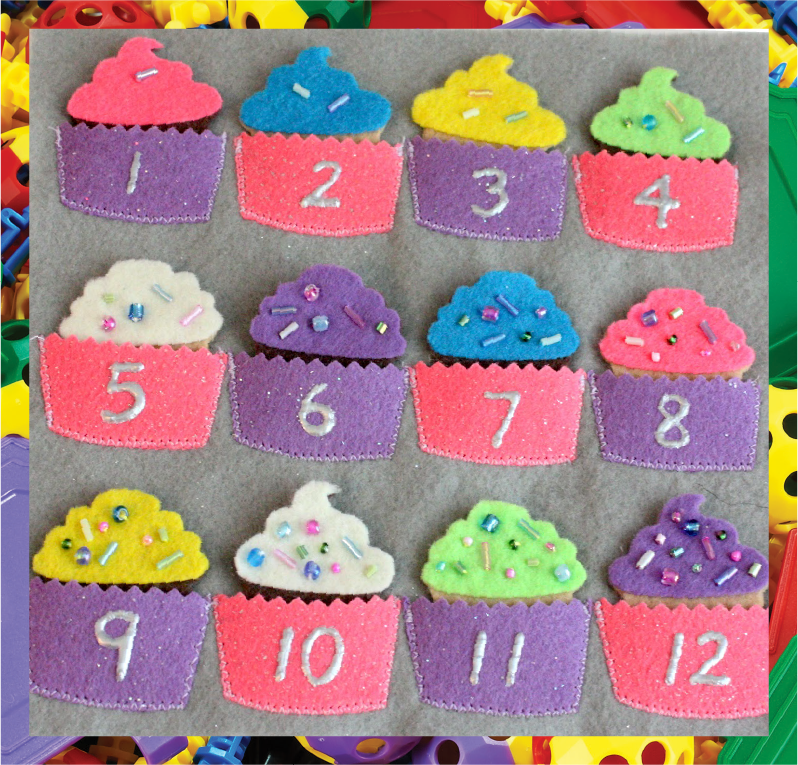
cupcakes and begin with the icing. Use the puffy paint icing to fill out the cupcakes and decorate the tops with cute toppings. You can use sprinkles, glitter, sequins, pom-poms or colored buttons to make your cupcakes look as delicious as possible.
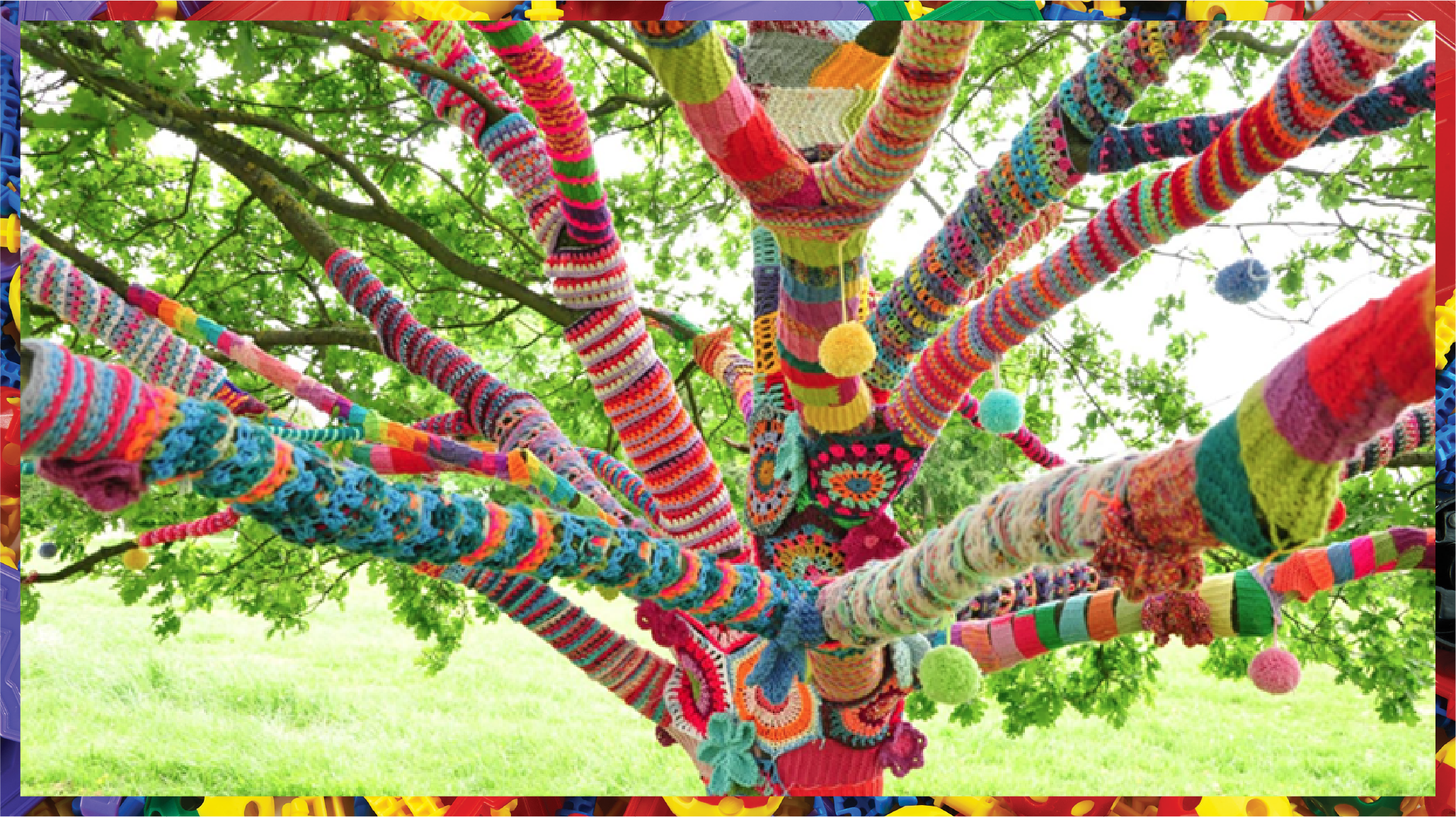
A RAINBOW BUBBLE-WRAP TREE
You might have decorated a Christmas tree with your kids, but how about making a colorful bubble-wrap tree? It’s hard to resist the temptation to pop those bubbles, but you can focus on starting with the selection of tree and colors. This fun arts and crafts project requires five or six meters of bubble wrap, a range of color paints and a tree of your choice. Have your kids pick the kind of tree they’d like to decorate and carefully cover the base of the tree with bubble-wrap packing. Now let your kids dip their fingers in the paint of their choice and watch them have fun while they color away. It’s a good idea to put on an apron or old t-shirt before you begin to avoid cleaning up later.
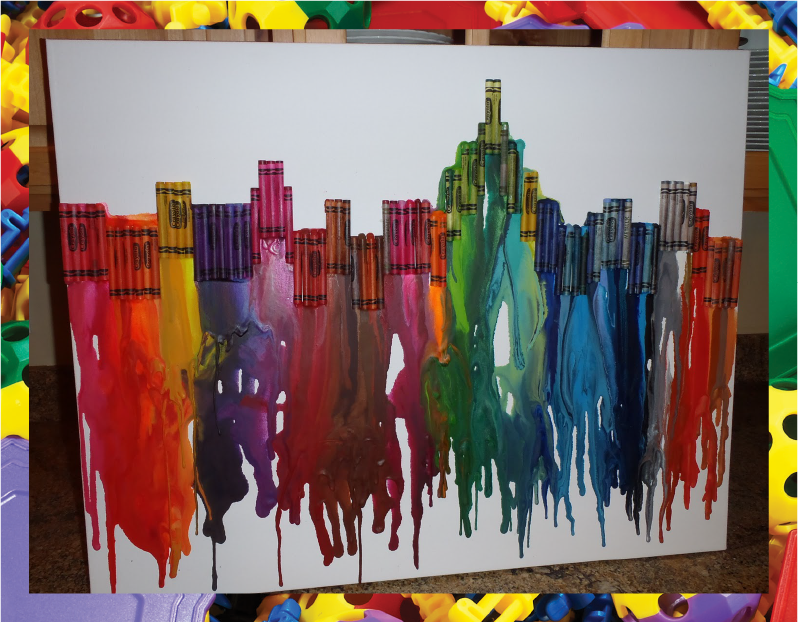
A CRAYON MELTING ART-PIECE
For this crafty activity, you’ll need a thick piece of white paper (A2 or A1), a strong glue stick, a pack of colorful crayons and a hairdryer. You could also use a cardboard or a thick chart paper if you like. Take the crayons and ask your kids to stick them to the art paper, tip-down using the glue stick until they lie firmly atop the cardboard or paper. Turn on your hairdryer and gently apply heat until you see the crayons melting into a collage of blended colors
spreading throughout the white paper. Get more creative by arranging different colors together and in various patterns on the paper for a masterpiece to frame as a piece of artwork.
A CRAYON MELTING ART-PIECE
For this crafty activity, you’ll need a thick piece of white paper (A2 or A1), a strong glue stick, a pack of colorful crayons and a hairdryer. You could also use a cardboard or a thick chart paper if you like. Take the crayons and ask your kids to stick them to the art paper, tip-down using the glue stick until they lie firmly atop the cardboard or paper. Turn on your hairdryer and gently apply heat until you see the crayons melting into a collage of blended colors spreading throughout the white paper. Get more creative by arranging different colors together and in various patterns on the paper for a masterpiece to frame as a piece of artwork.
These art projects are a great way to keep your child engaged in sensory play and bring the family together. Plus, isn’t it much better to see your child making a messy cupcake instead of tapping away on their phone or tablet screens?
References
https://www.omo.com/za/dirt-is-good/arts-crafts/3-awesome-art-ideas-for-the-whole-family.html
http://www.iheartartsncrafts.com/puffy-paint-cupcake-craft-kids/
https://www.diyinspired.com/category/artwork/
http://www.iheartartsncrafts.com/puffy-paint-cupcake-craft-kids/
http://2.bp.blogspot.com/-ji7wjpRrgHo/T7Ftt_p0_wI/AAAAAAAAAts/2Jqrm1yudiA/s1600/IMG_4941.JPG
http://3.bp.blogspot.com/-giWjA2SC0YA/Tw2u94m0PeI/AAAAAAAAAyc/NYz3km0ybcQ/s1600/PA260230.JPG




